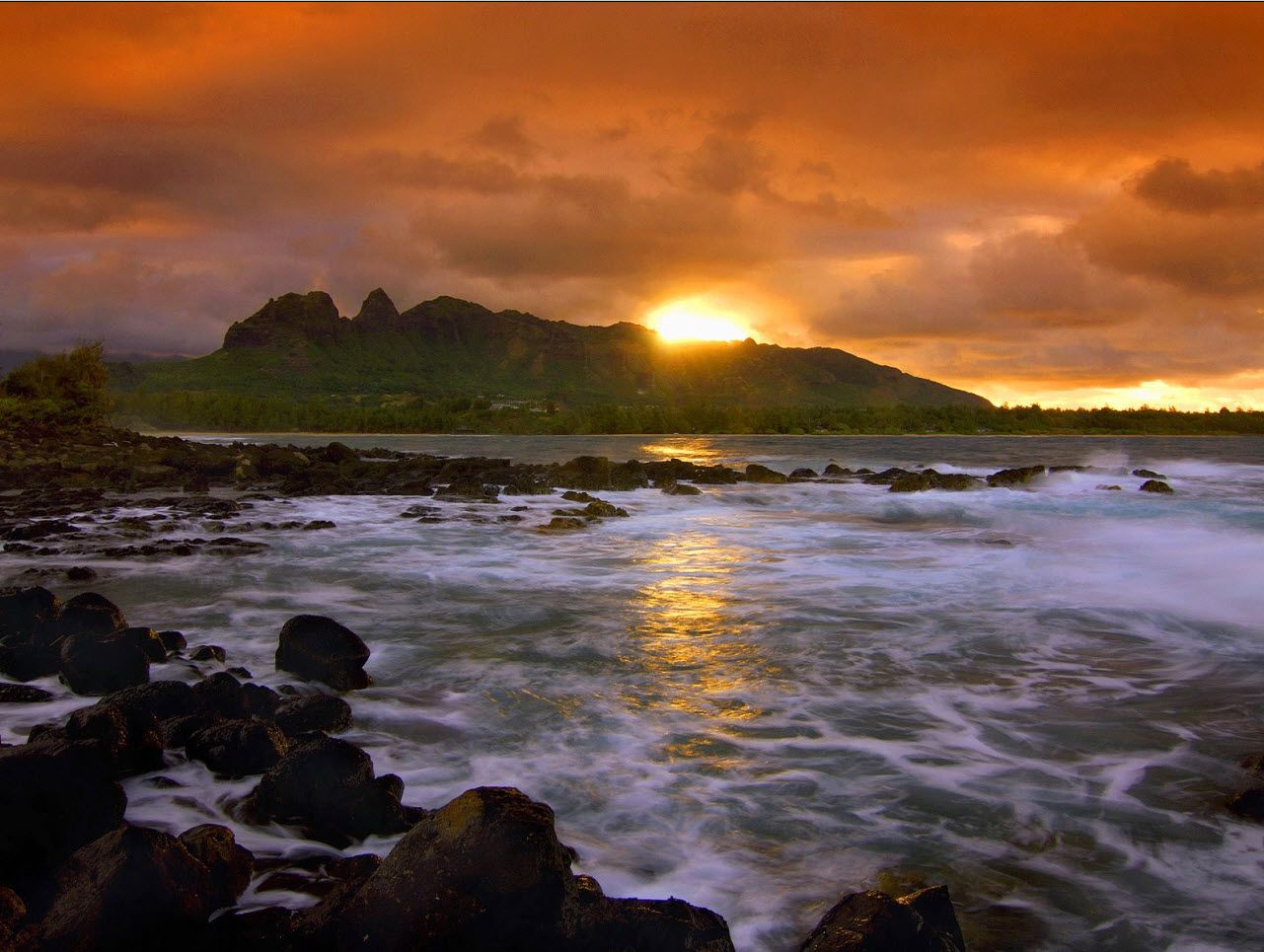Beautiful Landscape Wallpapers Biography
source(google.com.pk)Your landscape can help to save water, clean our creeks, and replenish groundwater, all while creating habitat and beauty. The concept is simple, the implementation fun, and the result is a unique landscape feature.
Instead of letting your rainwater run-off your property in underground pipes, disperse it through gently sloping stone and gravel swales planted with beautiful native plants. The concept is not new. For years, landscapers have been building the same features but called them "rock plant filters". But of late, this same building technique has a new, catchier name: "Bio-Swale".
Bio-swales can be built just about anywhere and the idea is simple: Slow down run-off, spread it out, and let it soak in. Often times, homeowners feel they don't have enough "room" to build such a feature. But even typical suburban homes have more than enough space to make a big difference.
The plants in and around the swales trap and retain sediment, absorb dissolved fertilizers and excess nutrients as well as provide a place for microbial activity in their roots. Beneficial microbes living on and near roots can capture and breakdown pollutants to keep them out of our creeks, lakes, rivers, groundwater, and the ocean. Native plants are especially prized for providing habitat to native birds and insects, but other plants can be used effectively as well.
By keeping as much water on your site as possible, we can help reverse the effects of overloaded creeks: disrupted habitat, flooding, erosion and pollution. Just think of the positive impact of 80,000 home landscapes in our community could make if we all adapted some of these simple concepts.
Case Study: Santa Barbara Zoo
A long, gently sloping bio-swale with several larger pools was created with the intention of cleaning the water used to wash out animal pens before it reached an adjacent estuary. With each flush of water, a large amount of animal waste enters the swale and slowly travels from pool to pool. The swale is heavily planted along the entire length to maximize plant and water interaction. This installation has been so successful that by the time the water reaches the last pool, it is clean enough to attract a wide range of wildlife (from amphibians to waterfowl).
Seaside Gardens, in Carpinteria, sits less than a quarter mile from Carpinteria Salt Marsh Preserve. A drainage course, collecting water from acres of off-site nurseries, runs above ground through the garden center prior to entering a piping system that deposits run-off directly into the marsh. Aknowledging an opportunity to improve the quality of the salt marsh, Seaside Gardens installed a series of bio-swales and constructed ponds in order to clean the water of pollutants and sediment from adjacent properties.
Although the bio-swales and ponds performed splendidly during the first rains of the wet season, it soon became quite clear how successful the improvements had been. After the swales dried, a large amount of sediment had completely covered the rock and cobble lined swale.
Because of conventional draingage practices off-site (drainage pipes, concrete v-ditches, and impervious surfaces), run-off picked up such velocity that it began to carry large amounts of sediment. If the slowing mecahnisms of the swales and ponds had not been in place, all that sediment would have been dumped directly into the marsh along with all the other pollutants that would not have had the opportunity to be filtered out.
Beautiful Landscape Wallpapers

Beautiful Landscape Wallpapers

Beautiful Landscape Wallpapers
.jpg)
Beautiful Landscape Wallpapers

Beautiful Landscape Wallpapers

Beautiful Landscape Wallpapers

Beautiful Landscape Wallpapers

Beautiful Landscape Wallpapers

Beautiful Landscape Wallpapers

Beautiful Landscape Wallpapers

No comments:
Post a Comment